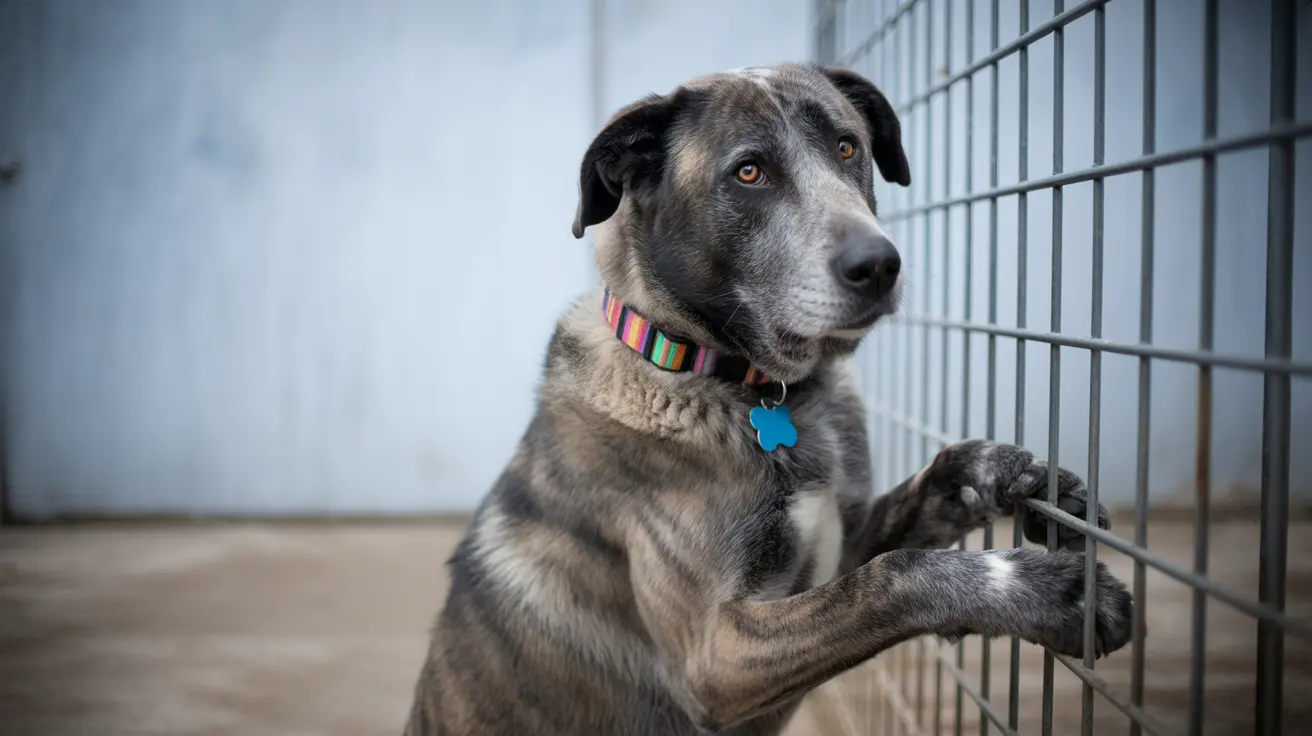Understanding Chocolate Toxicity in Cats
Chocolate is a beloved treat for humans, but when it comes to our feline companions, it's a different story. Chocolate is highly toxic to cats, even in small amounts. If you're a cat owner, it's crucial to understand why chocolate poses such a danger and what you should do if your cat consumes any.
Why Is Chocolate Dangerous for Cats?
The primary culprits behind chocolate's toxicity are two substances: theobromine and caffeine. Both are found in varying concentrations in different types of chocolate. While humans can metabolize these compounds relatively quickly, cats process them much more slowly, allowing toxic levels to build up in their bodies.
- Theobromine: This stimulant affects the heart, muscles, and central nervous system.
- Caffeine: Also a stimulant, it can increase heart rate and cause restlessness or tremors.
Types of Chocolate and Their Toxicity Levels
Not all chocolate is created equal when it comes to risk. Some types contain higher concentrations of theobromine and caffeine:
- Baking chocolate: Contains the highest levels; even a small amount can be deadly.
- Dark chocolate: Also very dangerous due to its high cocoa content.
- Milk chocolate: Still toxic, but less so compared to dark or baking varieties.
- White chocolate: Contains minimal theobromine but should still be avoided.
Symptoms of Chocolate Poisoning in Cats
If your cat ingests chocolate, symptoms may appear within a few hours. Watch for:
- Vomiting or diarrhea
- Panting or rapid breathing
- Tremors or seizures
- Increased thirst or urination
- Restlessness or hyperactivity
- Elevated heart rate
The severity depends on the type and amount of chocolate consumed as well as your cat's size and overall health. Even small amounts can be hazardous.
What Should You Do If Your Cat Eats Chocolate?
- If you suspect your cat has eaten any amount of chocolate, contact your veterinarian immediately. Time is critical.
- If possible, note how much and what type of chocolate was consumed—this helps determine the risk level and treatment plan.
Your vet may induce vomiting, administer activated charcoal to limit absorption of toxins, or provide supportive care such as IV fluids and medications to control symptoms. Never attempt home remedies without professional guidance; some interventions can worsen the situation.
Prevention Tips for Cat Owners
- Keep all forms of chocolate securely stored out of reach—cats are curious and may investigate unattended treats.
- Avoid leaving baked goods or candy dishes where your cat can access them.
- Educate family members (especially children) about the dangers of feeding human foods like chocolate to pets.
The Risks Beyond Chocolate Bars
Cats might encounter chocolate not only in bars but also in baked goods, ice cream, cereals, flavored drinks, or even certain cosmetics containing cocoa butter. Always check ingredient lists before sharing anything with your pet—or better yet, stick strictly to foods formulated for cats.
Treats That Are Safe for Cats
If you want to spoil your feline friend with something special:
- Cooked lean meats (no seasoning)
- Certain fruits like cantaloupe (in moderation)
Avoid giving any human sweets or processed foods. When in doubt, consult your veterinarian about safe treat options for your pet’s unique needs.





